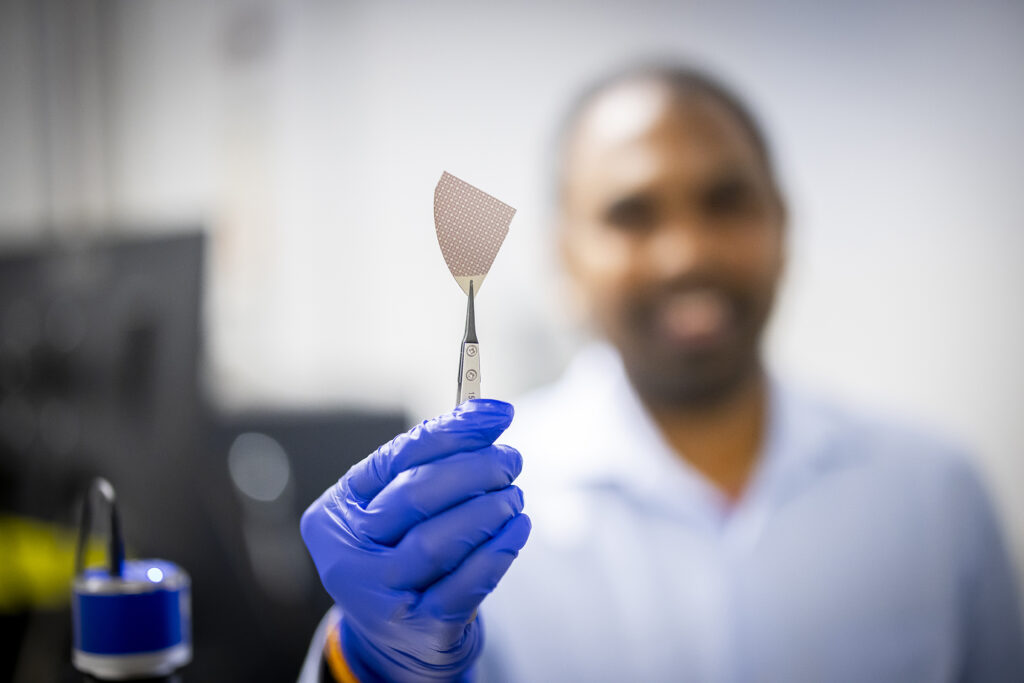
A smartphone shutting down on a sweltering day is an all-too-common annoyance that may accompany a trip to the beach on a sunny afternoon. Electronic memory within these devices isn’t built to handle extreme heat.
As temperatures climb, the electrons that store data become unstable and begin to escape, leading to device failure and loss of information. But what if gadgets could withstand not just a hot summer day but the searing conditions of a jet engine or the harsh surface of Venus?
In a paper published in the journal Nature Electronics, Deep Jariwala and Roy Olsson of the University of Pennsylvania and their teams at the School of Engineering and Applied Science demonstrated memory technology capable of enduring temperatures as high as 600° Celsius—more than twice the tolerance of any commercial drives on the market—and these characteristics were maintained for more than 60 hours, indicating exceptional stability and reliability.
The team’s findings not only pave the way for better sensors for tools that need to operate in extreme environments but also open the door for AI systems adept at data-heavy computing in harsh conditions.
“From deep-earth drilling to space exploration, our high-temperature memory devices could lead to advanced computing where other electronics and memory devices would falter,” Jariwala says. “This isn’t just about improving devices; it’s about enabling new frontiers in science and technology.”
The team developed a device that’s classified as non-volatile, meaning it retains the information stored on it without needing an active power supply the like of which is used daily in consumer electronics in any device with a hard drive or flash drives. However, unlike other traditional silicon-based flash drive devices that start to fail at around 200° Celsius (392 Fahrenheit), the researchers designed theirs using a material known as ferroelectric aluminum scandium nitride (AlScN).
The researchers explain that AlScN confers a storage benefit by virtue of its ability to retain a given state of electrical state—the “on” or “off” representing 1s and 0s of digital data—after an external electric field is removed and at significantly higher temperatures, among other desirable properties.
“AlScN’s crystal structure also gives it notably more stable and strong bonds between atoms, meaning it’s not just heat-resistant but also pretty durable,” says Dhiren Pradhan, the paper’s first author and a postdoctoral researcher in the Jariwala and Olsson labs. “But more notably, our memory device design and properties allow for fast switching between electrical states, which is crucial for writing and reading data at high speed.”
This story was written by Nathi Magubane. To read the full article, please visit Penn Today.
